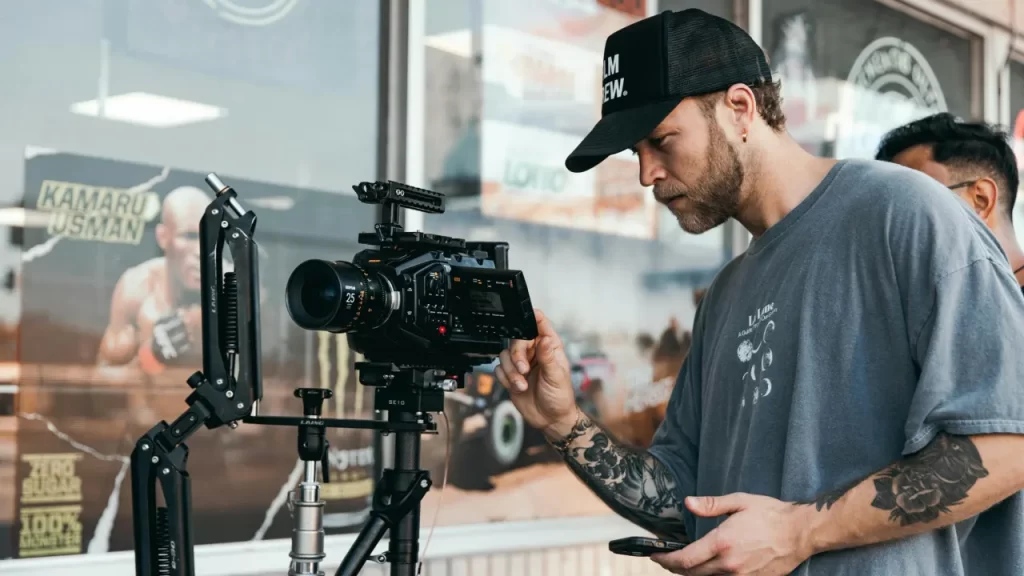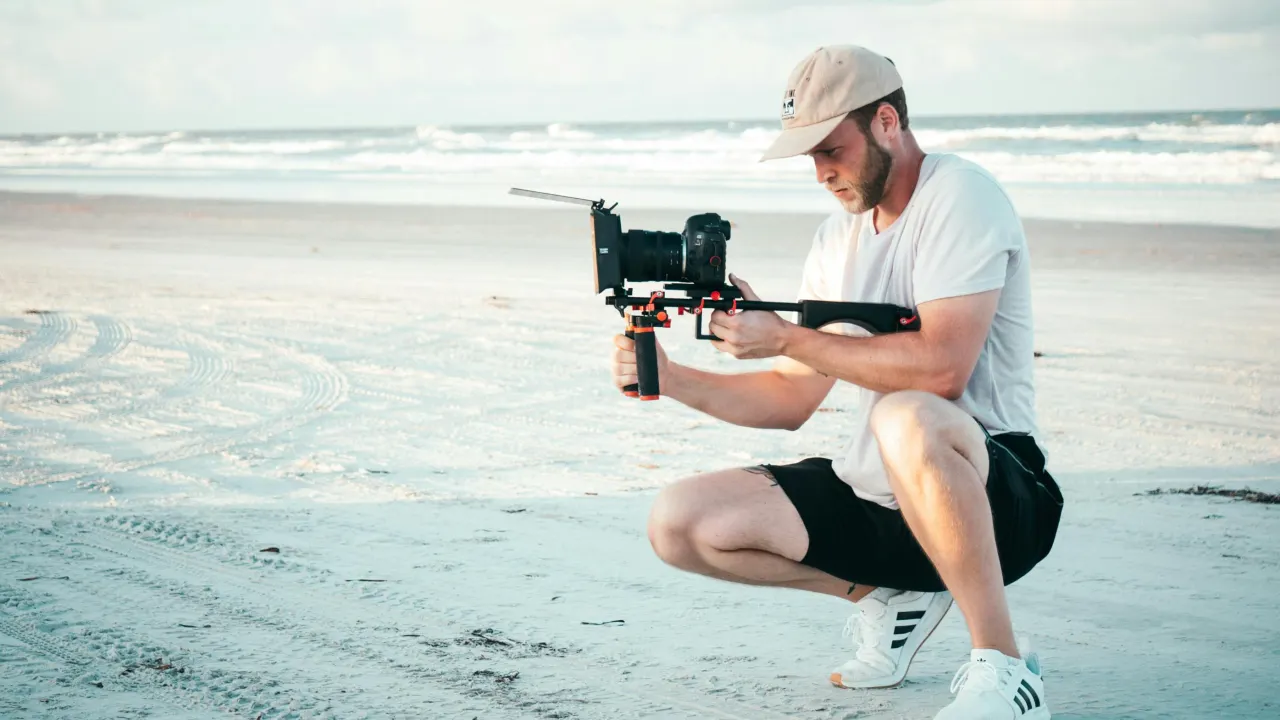Animation is a dynamic medium in which images or objects are manipulated to appear as moving images. It is an art form that brings static pictures to life, creating the illusion of movement. Animation concept involves various techniques, such as traditional hand-drawn animation, stop-motion animation, and computer-generated imagery (CGI). Each method utilizes a sequence of images that change gradually over time, resulting in an animated scene.
Uses of Animation span across various industries and fields. In entertainment, it is used extensively in movies, television shows, and video games to create engaging and visually appealing content. In education, animation helps simplify complex concepts, making them easier to understand for students. Businesses use animation for advertising and marketing purposes to capture the audience’s attention and convey messages effectively. Additionally, animation is utilized in fields like healthcare, architecture, and engineering for simulations and visualizations.
The animation concept also includes key principles such as timing, spacing, and exaggeration, which help in creating more realistic and captivating animations. These principles ensure that the animated objects or characters behave in a believable manner, enhancing the overall experience for the viewers.
animation is a versatile and powerful tool that enhances storytelling, education, marketing, and more. Understanding the animation concept and its various applications can open up a world of creative possibilities.

Different Types of Animation
Animation is a broad field encompassing various techniques and styles. Understanding the different animation concept types can help in selecting the right method for a particular project.
2D Animation
2D animation is a traditional form of animation where characters and scenes are created in a two-dimensional space. This method involves drawing each frame by hand or using software to create a sequence of images that simulate movement. 2D animation company professionals often use tools like Adobe Animate to streamline the process. This type of animation is widely used in television shows, advertisements, and educational videos due to its simplicity and effectiveness in storytelling.
3D Animation
3D animation involves creating characters and environments in a three-dimensional space using computer software. This technique offers a higher level of realism compared to 2D animation. 3D animation is commonly used in movies, video games, and virtual reality experiences. It allows for complex scenes and detailed character movements, making it a popular choice for video production company in Bangalore and other major production hubs.
Animation Through Motion Graphics
Motion graphics animation is used to bring graphic elements to life, often in the context of documentary video production company projects. This technique involves animating text, logos, and other design elements to create engaging visual content. Motion graphics are frequently used in marketing videos, title sequences, and explainer videos, where conveying information quickly and effectively is crucial.
Stop Motion Animation
Stop motion animation is a technique where physical objects are moved in small increments between individually photographed frames, creating the illusion of movement. This method includes claymation, puppet animation, and object animation. Stop motion is unique because it offers a tangible, tactile quality that is different from other uses of animation.
Cutout and Collage Animation
Cutout and collage animation involve creating characters and scenes using flat materials like paper, fabric, or photographs. These elements are moved frame by frame to create animation. This style is often used for its artistic and stylized look, making it popular in indie films and experimental animations. The animation concept here focuses on creativity and the use of everyday materials to tell a story.
Rotoscoping
Rotoscoping is an animation technique where animators trace over live-action footage frame by frame. This method is used to create realistic movements and is often seen in visual effects (VFX) work. Understanding vfx meaning is crucial for rotoscoping, as it involves blending animated elements seamlessly with live-action footage.
Cel Animation
Cel animation, also known as traditional animation, involves drawing individual frames on transparent sheets called cels. Each cel is then photographed and compiled to create a sequence of images. This technique was widely used in classic Disney films and remains a fundamental animation concept. Cel animation provides a rich, hand-crafted look that is cherished by animators and audiences alike.Understanding these different types of animation and their applications can help in choosing the right technique for your project, whether it’s for entertainment, education, or marketing. Whether working with a 2D animation company or a video production company in Bangalore, each type offers unique advantages and creative possibilities.

Different Uses of Animation in Different Sectors
Animation is a versatile tool with applications across various industries. Its ability to bring concepts to life makes it invaluable in numerous fields, from education to marketing. Here, we explore the diverse uses of animation and how it impacts different sectors.
Education
Animation plays a crucial role in education by making learning more engaging and interactive. It simplifies complex concepts, making them easier to understand for students of all ages. For instance, animated videos can explain scientific phenomena or historical events in a captivating way, ensuring better retention of information. Educational platforms often use animations to create dynamic content that appeals to different learning styles.
Entertainment
The entertainment industry extensively utilizes animation to create captivating content for audiences worldwide. From animated films and TV shows to online content, the animation concept brings stories and characters to life in ways that live-action cannot. Animation allows for limitless creativity, making it possible to explore fantastical worlds and imaginative narratives, thus enhancing the viewer’s experience.
Advertisement
In advertising, animation is a powerful tool to grab attention and convey messages effectively. Animated advertisements are visually appealing and can simplify the communication of complex products or services. Branded content video production company professionals often use animation to create memorable ads that resonate with audiences, driving engagement and brand recognition.
Marketing
Marketing strategies increasingly rely on animation to create compelling content that stands out. Animated explainer videos, infographics, and social media posts are just a few examples. A corporate video production company in Bangalore might use animation to highlight their services, making the information more digestible and engaging for potential clients.
In Scientific Visualization
Scientific visualization benefits greatly from animation, as it allows for the depiction of processes and phenomena that are difficult to capture with traditional methods. Animation can illustrate molecular structures, astronomical events, or biological processes in a clear and comprehensible manner. 3D technical animation services in India are often employed to create these detailed visualizations, aiding in research and education.

Creative Arts
The creative arts sector uses animation to push the boundaries of artistic expression. Artists and filmmakers use the animation concept to explore new styles and techniques, creating unique visual experiences. Animation provides a medium where traditional art forms can merge with digital technology, resulting in innovative and thought-provoking works.
Gaming
The gaming industry is one of the most prominent users of animation. High-quality animations create immersive environments and lifelike characters, enhancing the player’s experience. Game developers use animation to build intricate worlds and engaging gameplay mechanics that captivate players. The continuous advancements in animation technology contribute to the ever-evolving gaming landscape.
Simulations
Simulations benefit from animation by providing realistic and interactive models for training and analysis. Industries like aviation, military, and healthcare use animated simulations to train personnel in a controlled and safe environment. These simulations can replicate real-world scenarios, offering hands-on experience without the associated risks.
Medical
In the medical field, animation is used for educational purposes and patient care. Medical animations can demonstrate surgical procedures, explain complex medical conditions, and show the effects of treatments. Corporate documentary video production services often utilize animation to create informative content for healthcare professionals and patients alike.
Retail
Retail businesses use animation to enhance customer engagement and improve the shopping experience. Animated product demos, virtual store tours, and interactive displays help attract and retain customers. Animation allows retailers to present their products in an appealing and informative manner, ultimately driving sales and customer satisfaction.
In conclusion, the uses of animation are vast and varied, impacting numerous sectors by enhancing communication, education, and entertainment. Its ability to convey complex information in an engaging way makes it an indispensable tool in today’s digital age.
FAQs
What is Animation and Its Uses?
Animation is the process of creating the illusion of motion by displaying a series of images or frames. The animation concept involves various techniques, such as traditional hand-drawn animation, 2D and 3D computer animation, and stop-motion animation. Uses of animation include enhancing storytelling in movies, creating engaging educational content, and producing compelling advertisements. It is a powerful tool for visual communication, allowing creators to bring their ideas to life in dynamic and imaginative ways.
Where is Animation Mostly Used?
Animation is widely used in several industries. The entertainment sector, including movies, TV shows, and video games, relies heavily on the animation concept to create immersive experiences. In education, animation helps simplify complex topics, making learning more accessible and enjoyable. Advertising agencies use animation to craft eye-catching commercials and digital content. Additionally, the medical and scientific fields use animation for visualizing intricate processes and concepts, aiding in both education and research.
What Do People Use Animation For?
People use animation for a variety of purposes. In storytelling, animation brings characters and worlds to life, making narratives more engaging. Educators use animation to explain difficult concepts and keep students interested. Businesses employ uses of animation in marketing to showcase products and services in a visually appealing manner. Additionally, professionals in engineering and architecture use animation for creating detailed simulations and visualizations, which help in planning and design.
What are the Uses of Animation Graphics?
Animation graphics are used to enhance visual communication across multiple fields. In marketing, animated graphics make advertisements more attractive and memorable. Educational materials benefit from animation graphics by illustrating concepts that are hard to explain with static images alone. The animation concept is also pivotal in user interface design, where animated elements improve user experience by providing visual feedback and guidance. Moreover, animation graphics play a crucial role in social media content, increasing engagement and reach.


Leave a Reply